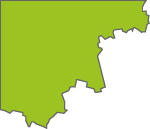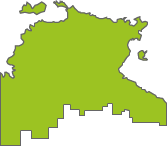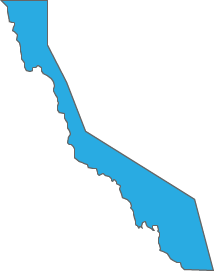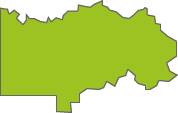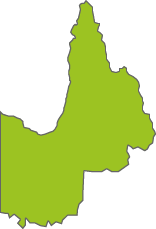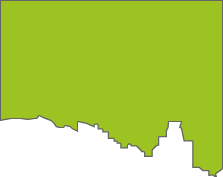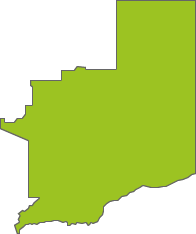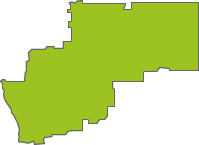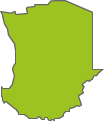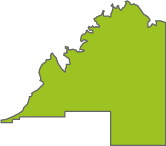Top species richness
Announcements
Hi everyone,We are excited to announce that NatureMapr ACT based data has started to feed into the new Biodiversity Data Repository (BDR) being established by the Department of Climate Change, Energy,...
Continue reading
NatureMapr Data Management and Privacy Policy update
Exciting mobile app updates under way
CALLING ALL TESTERS: Update 4.4.0
Discussion
Bolete sp.
Boletus sp.
Significant sightings
- Perunga ochracea at Kosciuszko National Park
- Pomaderris pallida at Bullen Range
- Veronica grosseserrata at Lower Cotter Catchment
- Myrtus communis subsp. tarentina at Urambi Hills
- Sauroconcha gulosa at Broughton Vale, NSW
- Araujia sericifera at Red Hill Nature Reserve
- Lycopodium deuterodensum at QPRC LGA
- Mirbelia pungens at Rob Roy Range
- Tetramesa sp. (genus) at Molonglo River Reserve
- Telala musiva
Latest identifications
Bolete sp. at Hughes Grassy Woodland
Boletus sp. at Hughes Grassy Woodland
Calliphora sp. (genus) at Wodonga, VIC
Calliphora stygia at Wodonga, VIC
Simosyrphus grandicornis at Wodonga, VIC
Porrostoma sp. (genus) at Termeil, NSW
Simosyrphus grandicornis at Wodonga, VIC
Apiomorpha sp. (genus) at Wodonga, VIC
Fulgoroidea sp. (superfamily) at Red Hill to Yarralumla Creek
Dasygaster padockina at City Renewal Authority Area
Platybrachys sp. (genus) at Red Hill to Yarralumla Creek
Fulgoroidea sp. (superfamily) at Red Hill to Yarralumla Creek
Top contributors
- AlisonMilton 12.4K
- trevorpreston 12.2K
- michaelb 10.2K
- Tapirlord 9.5K
- RodDeb 9.2K
- Mike 8.3K
- KylieWaldon 6.1K
- kasiaaus 6.1K
- jb2602 6K
- MatthewFrawley 5.5K
Top moderators
- MichaelMulvaney 42.6K
- Tapirlord 22K
- natureguy 15.1K
- donhe 12.5K
- Liam.m 11.7K
- michaelb 11.6K
- ibaird 10.7K
- KimPullen 7.9K
- MatthewFrawley 5.8K
- AlisonMilton 5.3K
Explore Australia by region
Australian Capital Territory
Canberra & Southern TablelandsNew South Wales
Albury, WodongaCanberra & Southern Tablelands
Central West NSW
Far West New South Wales
Greater Sydney
Hunter Region
New England
New South Wales North Coast
Riverina Murray
South Coast
Southern Highlands
Northern Territory
Central and BarkleyTop End and Big Rivers


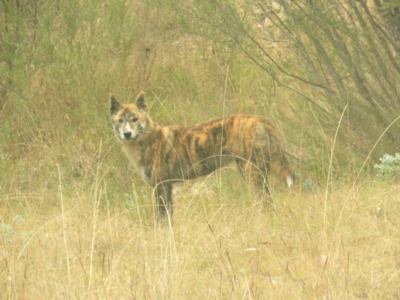







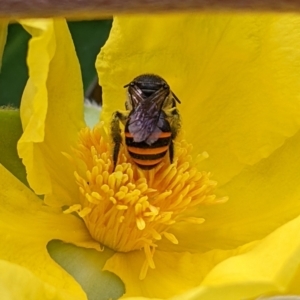


![Unidentified Spore sac on a star-like base [earthstars] at suppressed by TimL Unidentified Spore sac on a star-like base [earthstars] at suppressed by TimL](https://api.naturemapr.org/api/sightings/4570296/images/1?width=300&height=300)
![Unidentified Cap on a stem; gills below cap [mushrooms or mushroom-like] at suppressed by TimL Unidentified Cap on a stem; gills below cap [mushrooms or mushroom-like] at suppressed by TimL](https://api.naturemapr.org/api/sightings/4570295/images/1?width=300&height=300)


![Unidentified Cap on a stem; gills below cap [mushrooms or mushroom-like] at suppressed by TimL Unidentified Cap on a stem; gills below cap [mushrooms or mushroom-like] at suppressed by TimL](https://api.naturemapr.org/api/sightings/4570292/images/1?width=300&height=300)
![Unidentified Cap on a stem; gills below cap [mushrooms or mushroom-like] at suppressed by TimL Unidentified Cap on a stem; gills below cap [mushrooms or mushroom-like] at suppressed by TimL](https://api.naturemapr.org/api/sightings/4570291/images/1?width=300&height=300)
![Unidentified Cap on a stem; gills below cap [mushrooms or mushroom-like] at suppressed by TimL Unidentified Cap on a stem; gills below cap [mushrooms or mushroom-like] at suppressed by TimL](https://api.naturemapr.org/api/sightings/4570290/images/1?width=300&height=300)




























































































